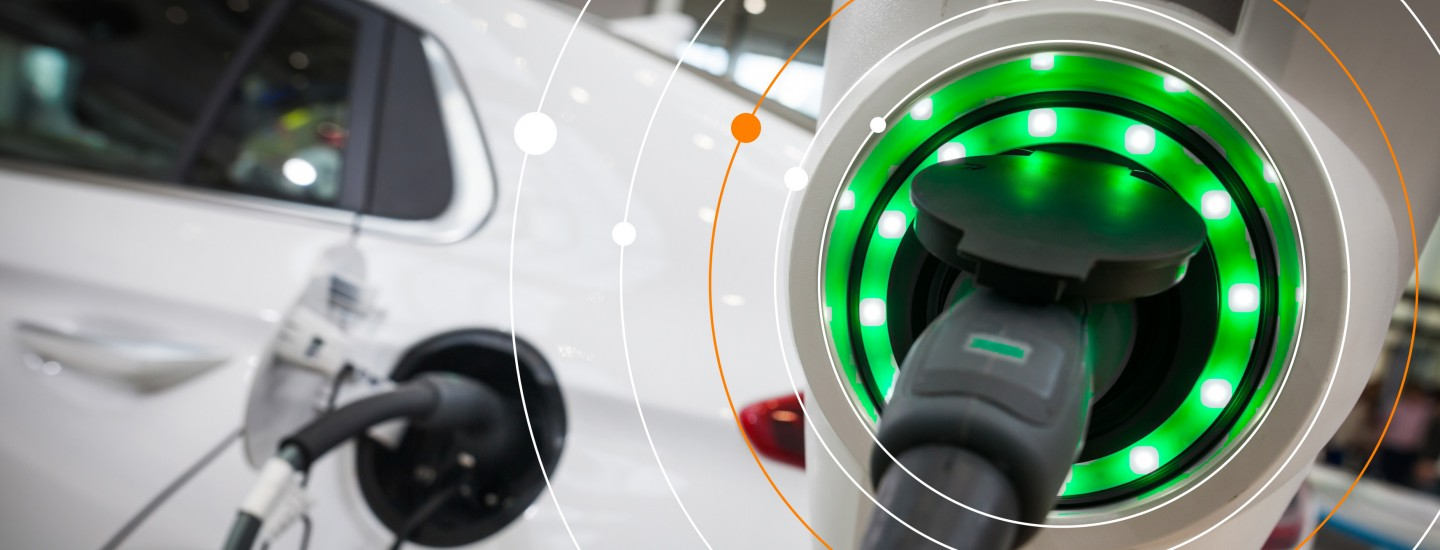
Electric vehicles (EVs) are revolutionizing the automotive industry, combining sustainability and performance in ways that are transforming transportation. The rise of EVs is fueled by advances in battery technology, increasing environmental awareness, and supportive government policies, making them a compelling alternative to traditional gasoline-powered vehicles. This article explores the factors driving the popularity of EVs and their impact on sustainability and performance.

At the heart of the EV revolution is the significant improvement in battery technology. Lithium-ion batteries, which are commonly used in EVs, have seen substantial advancements in energy density, charging speed, and cost reduction. These improvements have extended the range of EVs, alleviating “range anxiety”—the fear of running out of power before reaching a charging station. Modern EVs can travel hundreds of miles on a single charge, making them practical for daily commuting and long-distance travel.
Sustainability is a primary driver of the shift towards EVs. Unlike conventional vehicles, EVs produce zero tailpipe emissions, which significantly reduces air pollution and greenhouse gas emissions. This is especially important in urban areas, where air quality is often compromised by vehicle emissions. By transitioning to EVs, cities can achieve cleaner air and better public health outcomes. Furthermore, EVs contribute to a reduction in carbon footprints, aligning with global efforts to combat climate change.
The environmental benefits of EVs extend beyond their operation. The production process of EVs is becoming more sustainable, with manufacturers increasingly focusing on sourcing materials responsibly and recycling batteries. Initiatives to create a circular economy for batteries, where materials are reused and recycled, are gaining momentum. This reduces the environmental impact of mining for raw materials and mitigates the potential waste issues associated with battery disposal.
Government policies and incentives play a crucial role in accelerating the adoption of EVs. Many countries offer tax credits, rebates, and other incentives to make EVs more affordable for consumers. Investments in charging infrastructure, such as the installation of public charging stations and the development of fast-charging networks, are also essential. These measures make it easier for drivers to charge their vehicles conveniently, further encouraging the transition to EVs.
Performance is another area where EVs excel. Electric motors provide instant torque, delivering rapid acceleration and a smooth, quiet driving experience. Unlike internal combustion engines, which take time to build up power, electric motors can deliver maximum torque from a standstill. This results in impressive acceleration times, with some high-performance EVs rivaling or even surpassing their gasoline-powered counterparts.

Moreover, the simplicity of electric powertrains, which have fewer moving parts than internal combustion engines, results in lower maintenance requirements and costs. EVs do not require oil changes, fuel filters, spark plugs, or other maintenance associated with traditional engines. This reliability, combined with the reduced operating costs due to lower fuel expenses, makes EVs an economically attractive option for many consumers.
The rise of EVs is also fostering innovation in the automotive industry. Manufacturers are exploring new designs and technologies, from autonomous driving capabilities to advanced connectivity features. The integration of smart technologies in EVs, such as over-the-air updates and vehicle-to-grid (V2G) systems, enhances the driving experience and contributes to a more efficient energy ecosystem.
In conclusion, the rise of electric vehicles marks a significant shift towards a more sustainable and high-performance future in transportation. Advances in battery technology, coupled with environmental and economic benefits, are driving the widespread adoption of EVs. As governments and industries continue to invest in infrastructure and innovation, the momentum behind EVs is set to grow, paving the way for a cleaner, greener, and more efficient automotive landscape. The transition to electric mobility is not just a trend but a crucial step towards a sustainable future for our planet.





